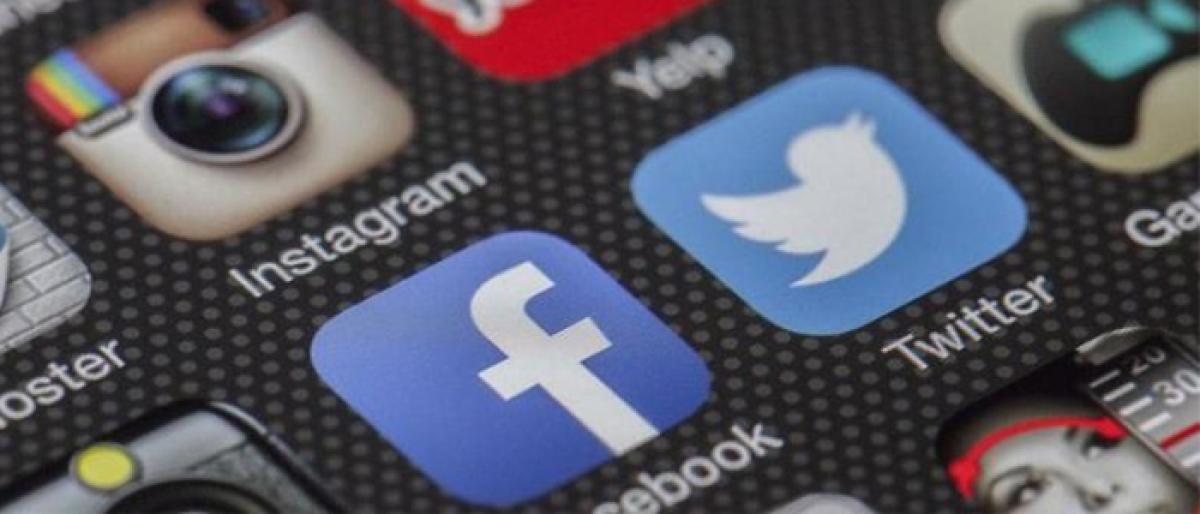Live
- Lack of planning, weak narrative behind MVA debacle
- TSIC launches ‘Innovations 101’ coffee table book
- Drone technology for crime control
- Do you support caste census? Which one will you prefer caste census or skill census?
- DSS to launch gender campaign today
- MJCET holds first-ever 24-hr datathon
- TDP, JSP, YSRCP urged to oppose Wakf Bill
- T-SAT to launch new programme on ‘General Studies’
- Cops silence deafening noise of 100 bikes
- Guv inaugurates medical screening camp for Raj Bhavan staff
Just In

Scientists have developed a webbased tool to help monitor the prevalence of fake news on social media platforms like Facebook and Twitter
The tool uses a Platform Health Metric called the Iffy Quotient, which draws data from two external entities.
Scientists have developed a web-based tool to help monitor the prevalence of fake news on social media platforms like Facebook and Twitter. Developed by researchers at the University of Michigan in the US, the tool uses a Platform Health Metric called the Iffy Quotient, which draws data from two external entities: NewsWhip and Media Bias/Fact Checker.
NewsWhip, a social media engagement tracking firm, collects URLs on hundreds of thousands of sites every day and then gathers information on which of those sites have engagements on Facebook and Twitter. Iffy Quotient queries NewsWhip for the top 5,000 most popular URLs on the two social media platforms.
Then the tool checks to see if those domain names have been flagged by Media Bias/Fact Check, an independent site that classifies various sources based on their reliability and bias.
The tool divides the URLs into three categories based on the Media Bias/Fact Checklists: "Iffy," if the site is on the Questionable Sources or Conspiracy lists; "OK," if the site is on any other list, such as Left-Bias, Right-Bias or Satire; "Unknown," if not on any list.
The first report issued by the researchers confirms what was suspected about the 2016 US presidential election: the Iffy Quotient increased dramatically on both Facebook and Twitter during the election.
It also shows that the two social media platform companies have made progress since early 2017 on their promises to crack down on misinformation, but one has succeeded more than the other. However, the Facebook Iffy Quotient has declined steadily since early 2017 and has now returned to its early 2016 levels.
The Twitter Iffy Quotient has not declined much and is still nearly twice its level in early 2016. The Facebook and Twitter Iffy coefficients were roughly comparable through most of 2018 but Facebook's is now somewhat lower.
The contrast between Facebook and Twitter is even more pronounced in an engagement-weighted version of the Iffy Quotient, which we can think of as a rough proxy for the fraction of total user attention. In 2016 the Iffy sites' share of attention was about twice as high on Facebook as Twitter; now it is 50 per cent higher on Twitter.

© 2024 Hyderabad Media House Limited/The Hans India. All rights reserved. Powered by hocalwire.com







